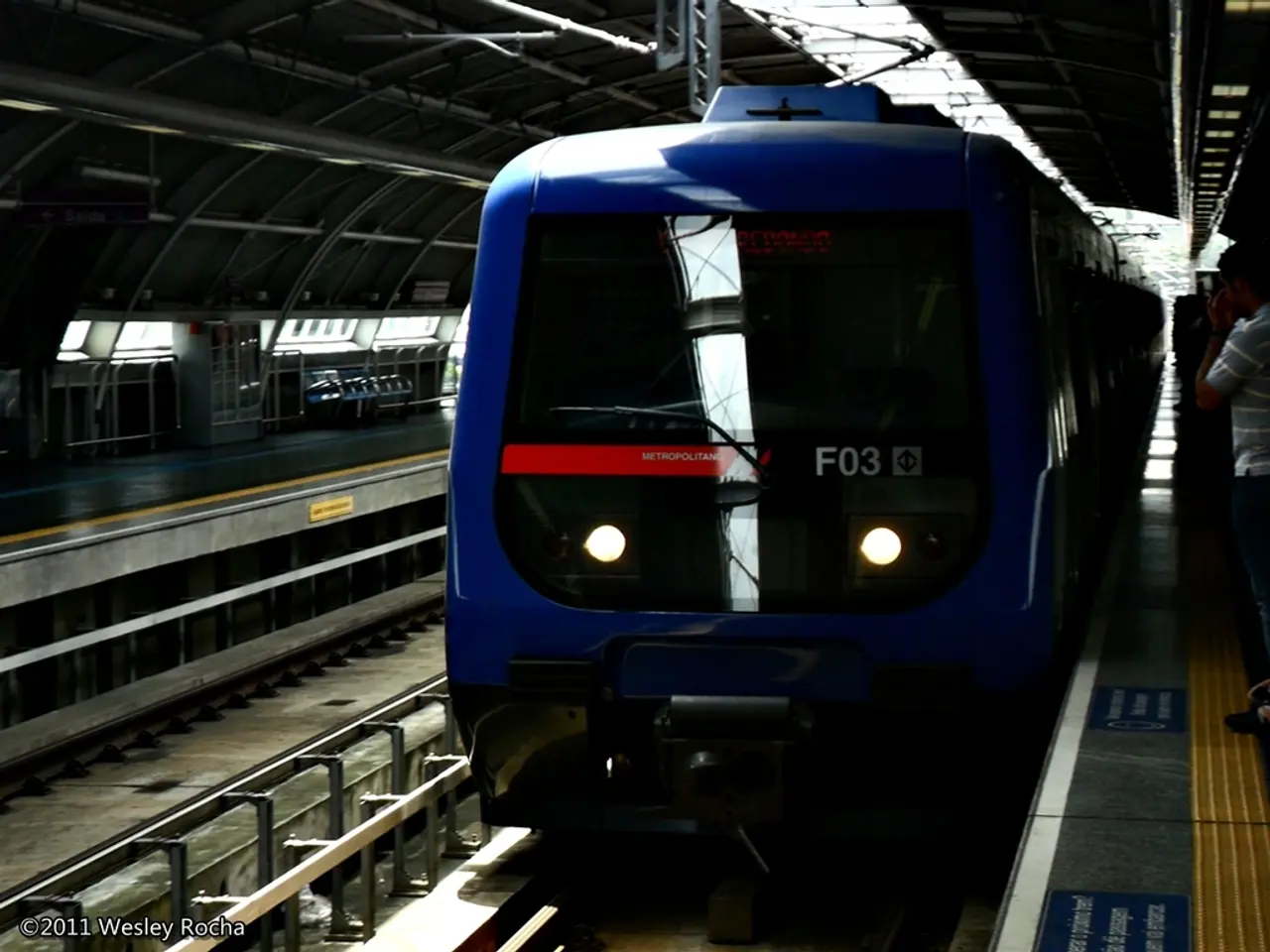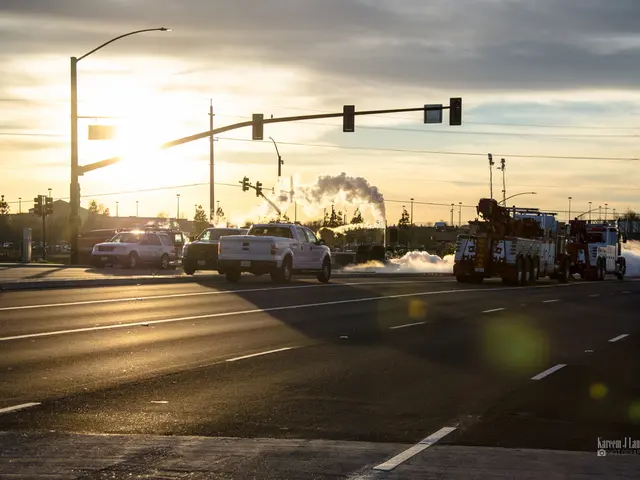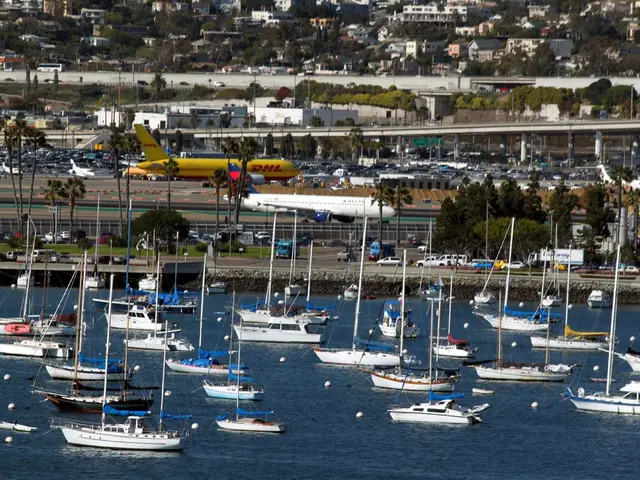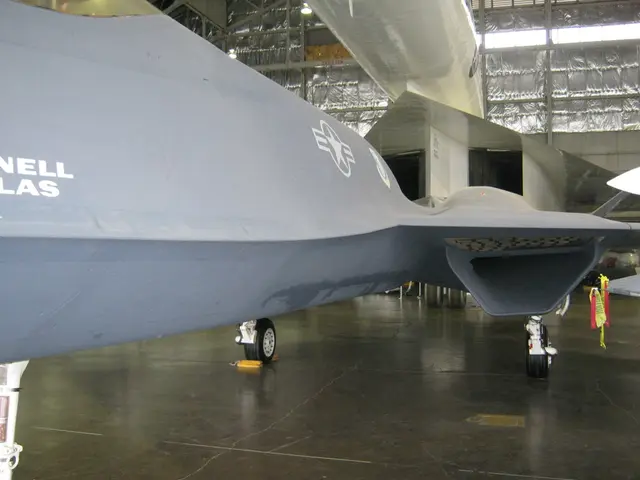EU Steel Market Struggles Amid Weak Demand, High Costs, and US Tariff Uncertainty
The European steel market is grappling with multiple challenges, including weak demand, high costs, and uncertainty over US tariffs. Meanwhile, the EU has taken action against foreign steel imports, but industry experts question the effectiveness of these measures.
Eurofer, the European Steel Association, has sounded the alarm over the current state of the market. It warns of weak demand, high costs, and uncertainty about US tariffs weighing down the industry.
In response to rising concerns, the European Commission has imposed anti-dumping duties on steel imports from Turkey, Japan, and Vietnam. Additionally, the EU is preparing tariffs on Chinese steel products due to heavy subsidisation by Beijing. Denmark's industry minister, Morten Bødskov, has called for more competitive measures beyond tariffs to counter Chinese state aid.
However, industry experts caution that tariffs may not address the root causes of the steel industry's problems. Kimmo Järvinen from SSAB argues that traditional trade defence instruments do not solve the bigger issue of global structural overcapacity. The EU's recent announcement of tariffs on steel from Asian countries, following industry requests, has also been met with mixed reactions. Outokumpu, a Finnish stainless steel manufacturer, urges Brussels to introduce 'efficient safeguards' to allow companies to invest.
Despite these measures, import volumes have remained largely unchanged. The EU imported 18.7 million tonnes of steel in the first half of 2025. Moreover, the EU's tariffs do not address domestic issues such as weak demand and high energy prices, which continue to pose significant challenges for the industry.
The European steel market faces a complex web of challenges, with weak demand and high costs compounding the impact of international trade disputes. While the EU has implemented tariffs to protect its industry, experts warn that these measures may not be enough to solve the underlying problems. The industry awaits more comprehensive solutions to ensure its long-term competitiveness.
Read also:
- Xiaomi's YU7 SUV Challenges Tesla's Dominance with Impressive Pre-orders and Features
- Railway line in Bavaria threatened by unstable slope - extensive construction site at risk
- Wind Farm Controversy on the Boundary of Laois and Kilkenny
- Puerto Rico's Climate Lawfare Campaign experiences another setback with the dismissal of its deals.







